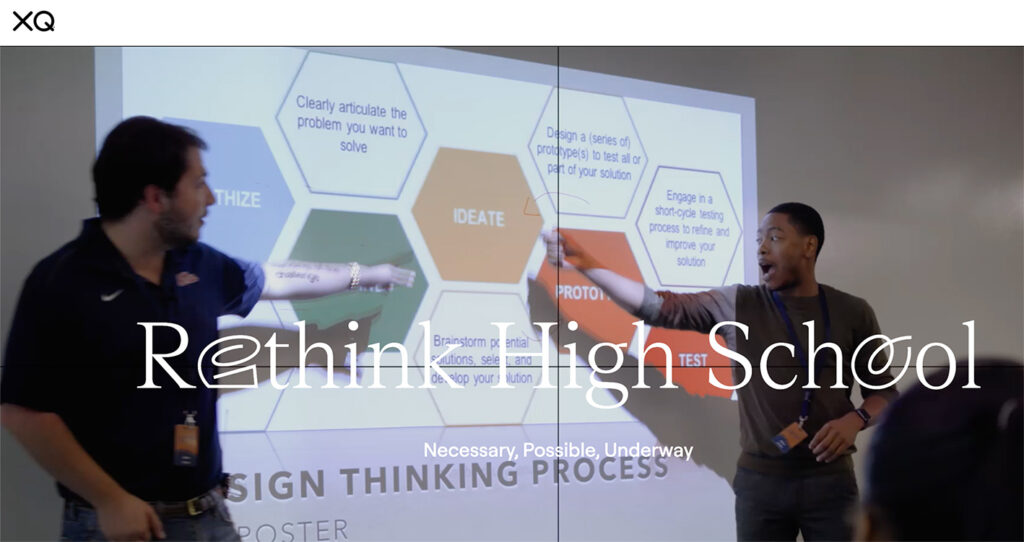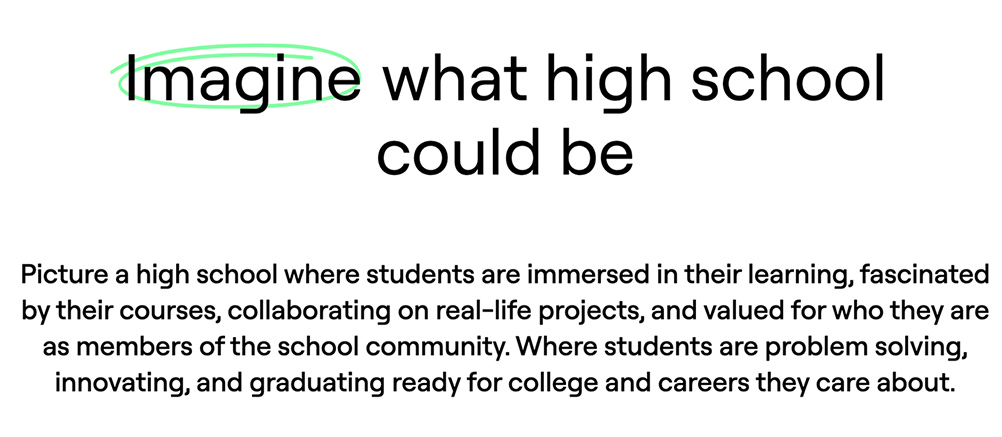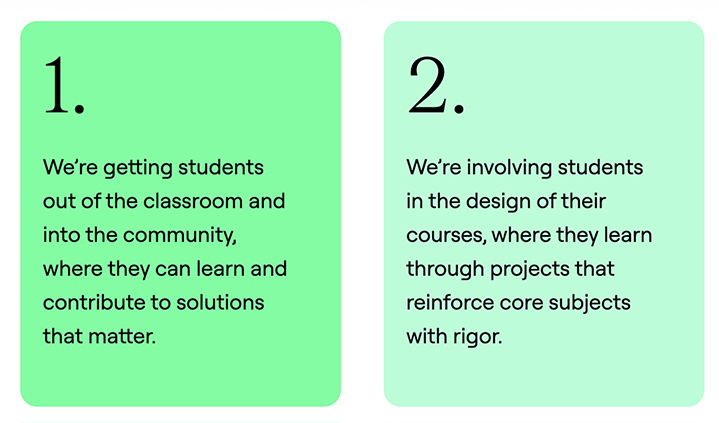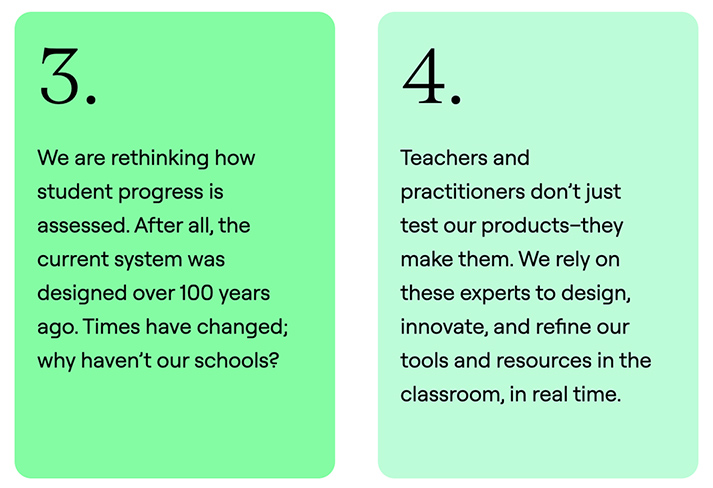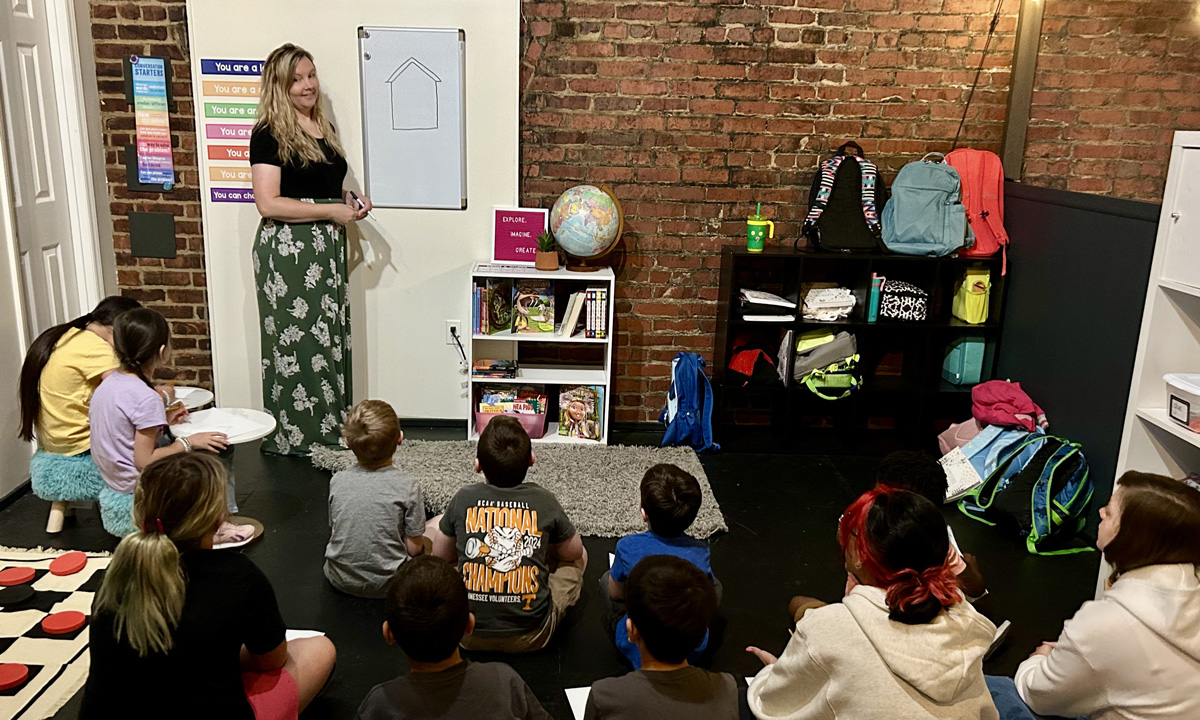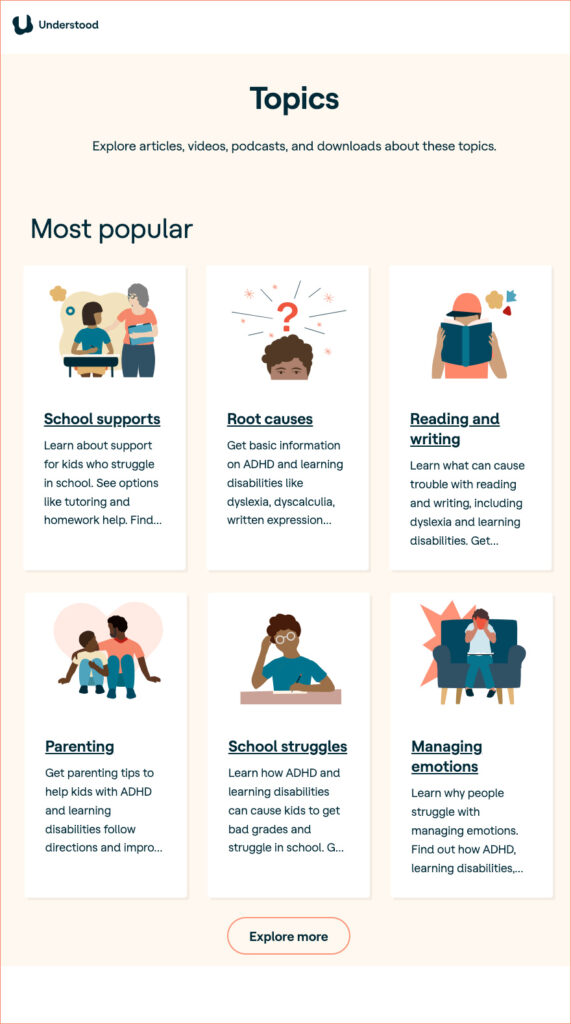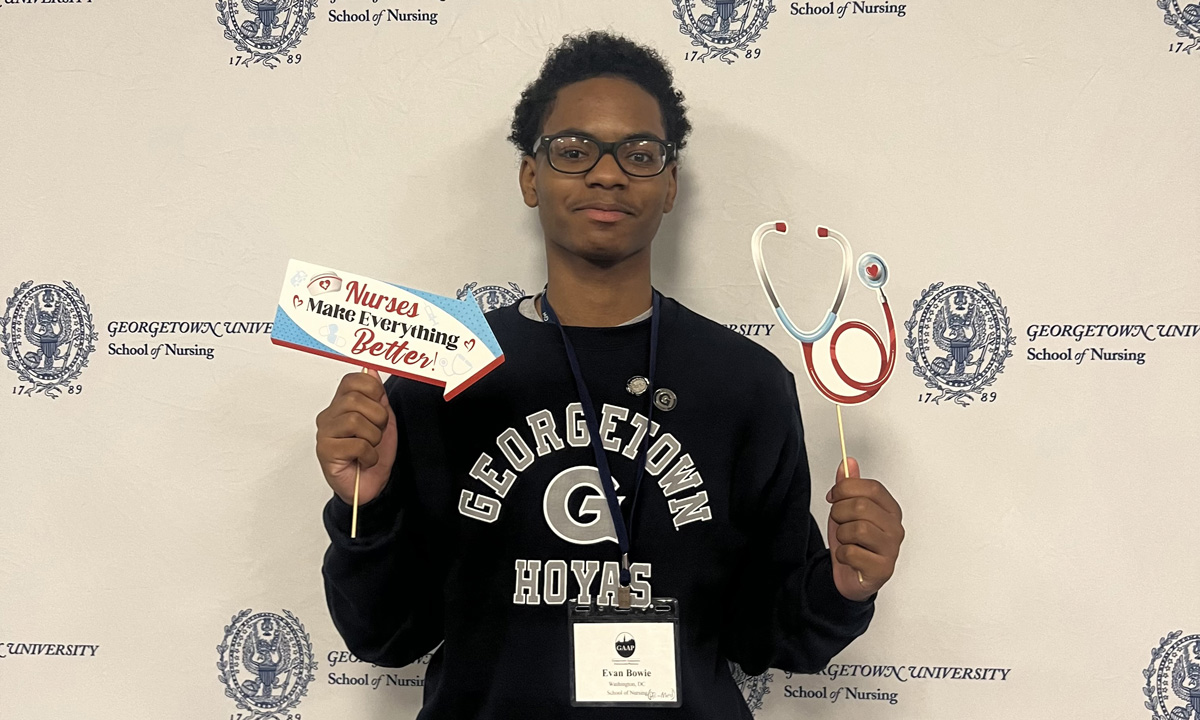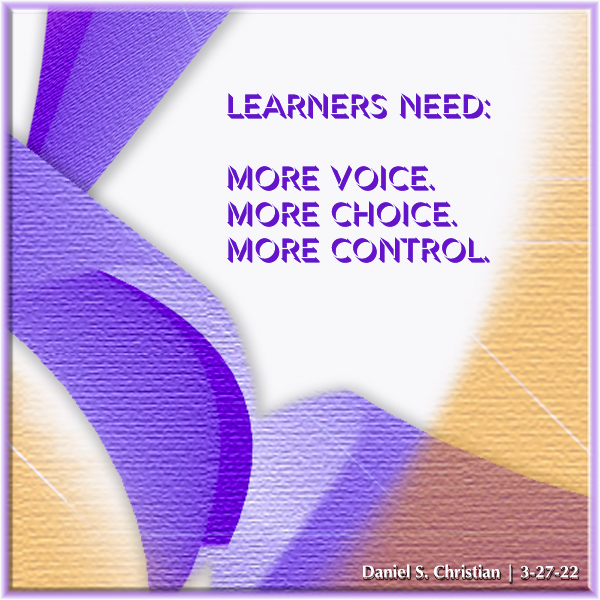How to use accommodations and modifications in the classroom — from understood.org by Amanda Morin
In a busy classroom, it can be daunting to meet the varied learning needs of all your students. Knowing you’re also responsible for implementing instructional accommodations and modifications in students’ IEPs and 504 plans can make it feel even more challenging. But with the right information, you can provide these important supports to help all students thrive.
Here are key concepts to keep in mind and steps you can take to implement accommodations and modifications for your students.
Unschooling: A way of learning outside of school and it requires no lessons, tests or grades — from cbsnews.com by Janay Reece
BALTIMORE — What if your child didn’t go to school?
Believe it or not, some parents don’t send their children to school five days a week, and it’s called unschooling.
It is a growing and sometimes controversial approach to homeschooling.
Rather than using a defined curriculum, unschooling parents trust their kids to learn organically. Unschoolers are focused more on the experimental process of learning and becoming educated, rather than with “doing or going to school.”
People Are Hunting for Education ‘Fads.’ What Does That Say About Schools? — from edsurge.com by Daniel Mollenkamp
Public schools are particularly vulnerable to pressure, Cuban said on a call with EdSurge. That’s because national problems tend to become school ones, Cuban says. Schools have to walk a “tightrope,” striking a balance that is both stable for students and able to adapt to changes in the broader society, he says.
Pressure on schools to respond to new issues often ends up altering curricula or introducing new courses, because that’s the easiest part of the public education system to change, Cuban argues. But classrooms are isolated from the superintendent’s office, the school board and other “policy elites” who push change, he says.
Many kids can’t read, even in high school. Is the solution teaching reading in every class? — from hechingerreport.org by Julian Roberts-Grmela
Some high schools and states are experimenting with ways to integrate literacy instruction across all classes
Every teacher at her school, the Health Sciences High and Middle College, in San Diego, shares in the responsibility of teaching students literacy skills, regardless of the subject they teach. That’s because so many students, even incoming ninth graders, arrive at the school without basic reading skills, according to Douglas Fisher, an administrator at the school. While some students also receive one-on-one remediation, Fisher said that research shows those interventions aren’t enough to close the gap.
“We have kids that on our benchmark knowledge assessments are scoring what is the equivalent of second grade, first grade, fourth grade,” said Fisher, who is also a professor and chair of educational leadership at San Diego State University. Yet, by the time students graduate, he said, the goal at the secondary school is that they have “reading levels ready for college.”









